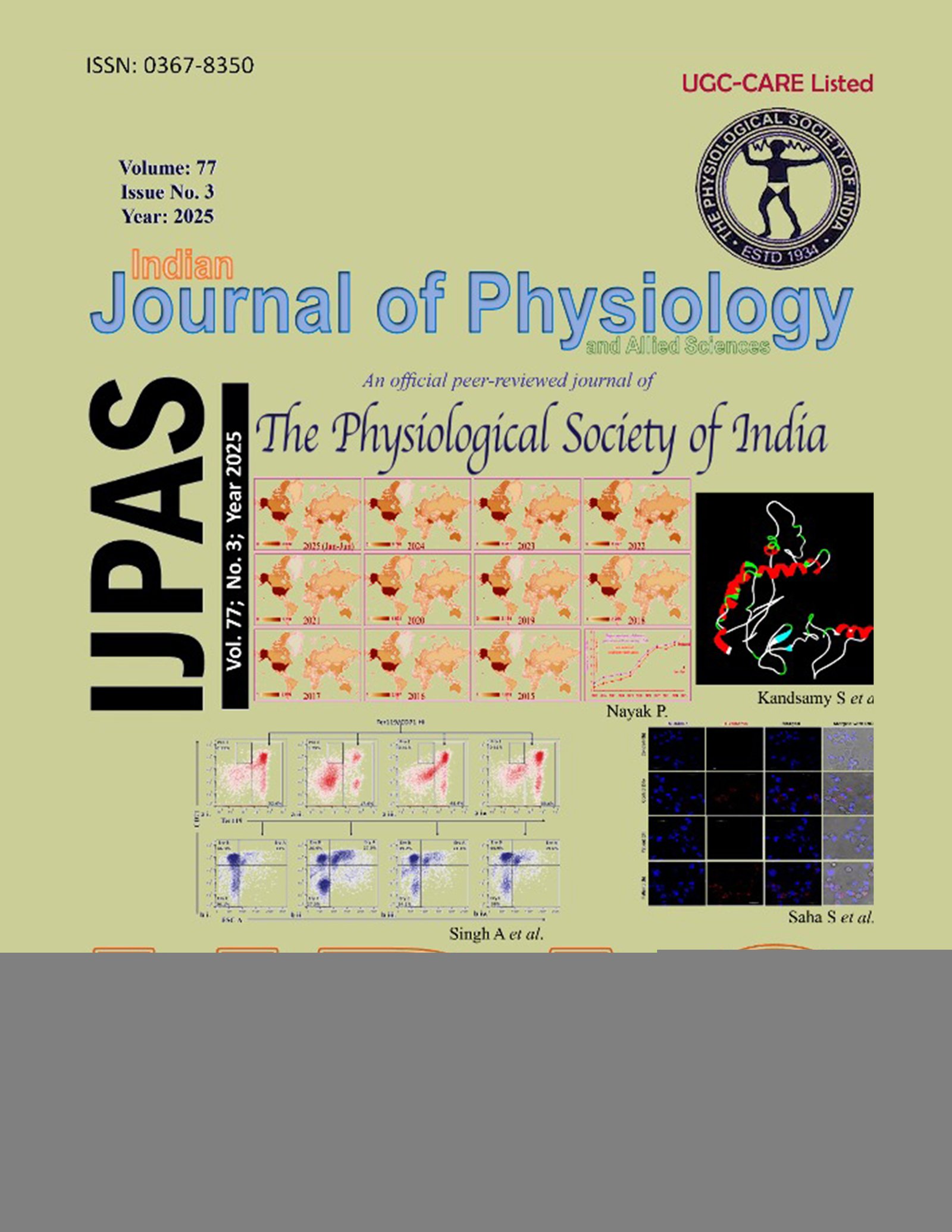A comparative study of GC-MS analysis of aqueous-methanolic extract from the leaf and fruit of Morinda citrifolia (Noni)
DOI:
https://doi.org/10.55184/ijpas.v77i03.316Keywords:
Morinda citrifolia (Noni) fruit and leaf, Methanolic extract, Phytocompound, GC¬-MS analysis.Abstract
Background: Morinda citrifolia (Noni) has been recognized as an important medicinal plant, used to treat various physiological disorders worldwide, and belongs to the family Rubiaceae. The Morinda citrifolia (Noni) is commonly known as Ach, Bartundi, Hurdi, and Surangi in Bengali. Traditionally, it is used for various purposes of food and medicine. The leaves and fruit of Morinda citrifolia consist of several nutrients and phytochemicals. Aims and objectives: The objective of the present study is to identify the phytocompounds from the aqueous-methanolic extract of the leaves and fruit of noni plants using GC-MS analysis. Materials and Methods: The Medicinal plant Morinda citrifolia was collected from the forest area of “Jungle-Mahal” of Bishnupur, Bankura district, West Bengal, India, in May to July in 2018. In the present study, the aqueous-methanolic extract of the fruit and leaves of Morinda citrifolia was analyzed by GC-MS, and the mass spectra of the compounds found in the extract were matched with the National Institute of Standards and Technology (NIST) library. Results and Discussion: The aqueous-methanolic leaf and fruit extracts of Morinda citrifolia were analyzed by GC-MS to determine chemical constituents. GC-MS revealed the presence of seventeen different phytocompounds in the aqueous-methanolic extract of the leaf of Morinda citrifolia. The highest peak area of 20.83% for cyclohexane, 1–ethenyl–1–methyl–2,4–bis [1 –1-methylethenyl] – [1s- (1a`, 2a’,4a)] was identified in the leaf of Morinda citrifolia. The aqueous-methanolic fruit extract of Morinda citrifolia showed the presence of twenty-seven different phytocompounds. The highest peak area of undec–10–ynoic acid butyl ester, peak area percentage is 37.71%. The isolation of the probable bioactive compound from the leaves and fruit of Morinda citrifolia would be useful for finding some useful new drugs.
Downloads
Published
How to Cite
Issue
Section
License
Copyright (c) 2025 Chaitali Kundu, Monalisha Paul , Merina Yasmin, Sandip K Sinha

This work is licensed under a Creative Commons Attribution-NonCommercial-NoDerivatives 4.0 International License.

